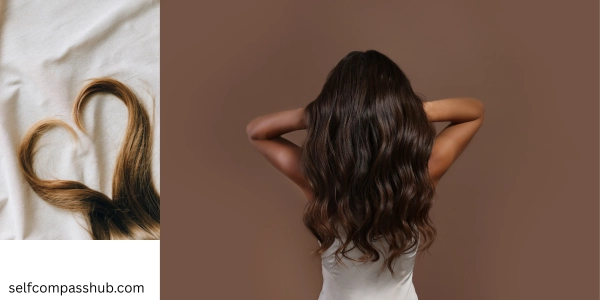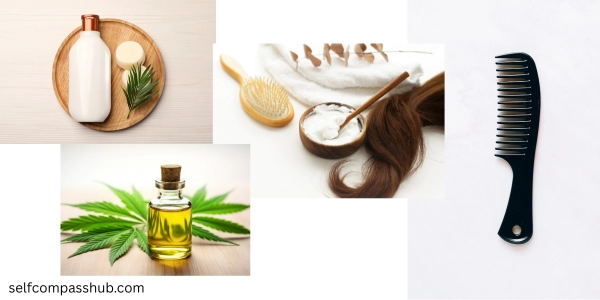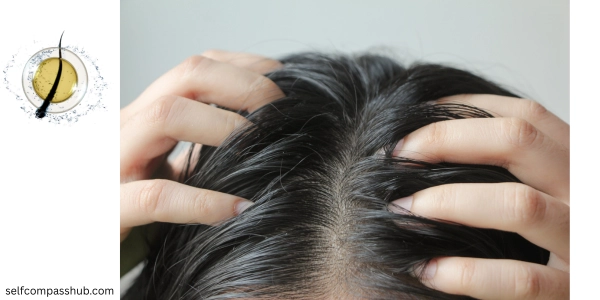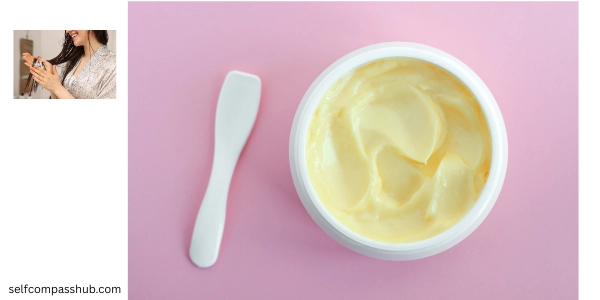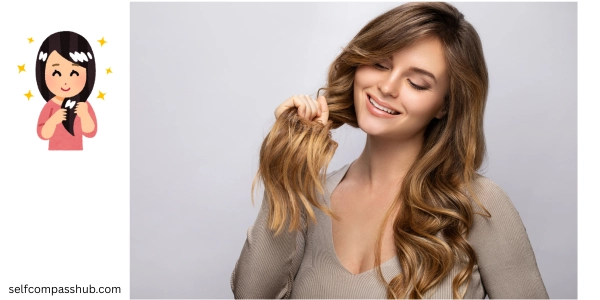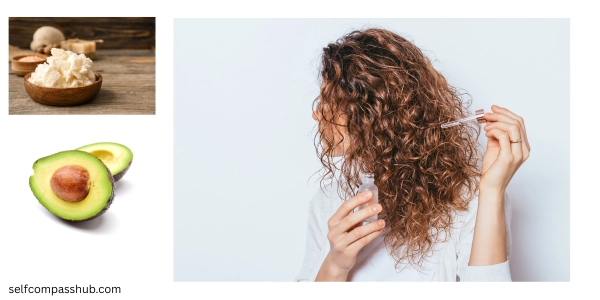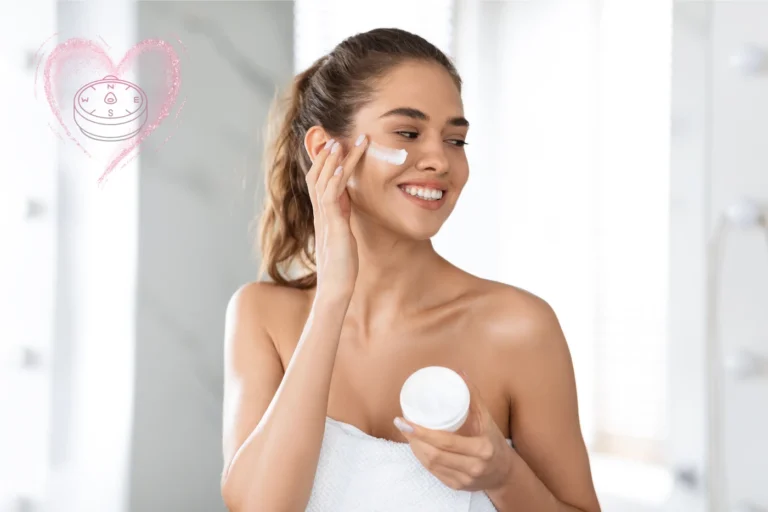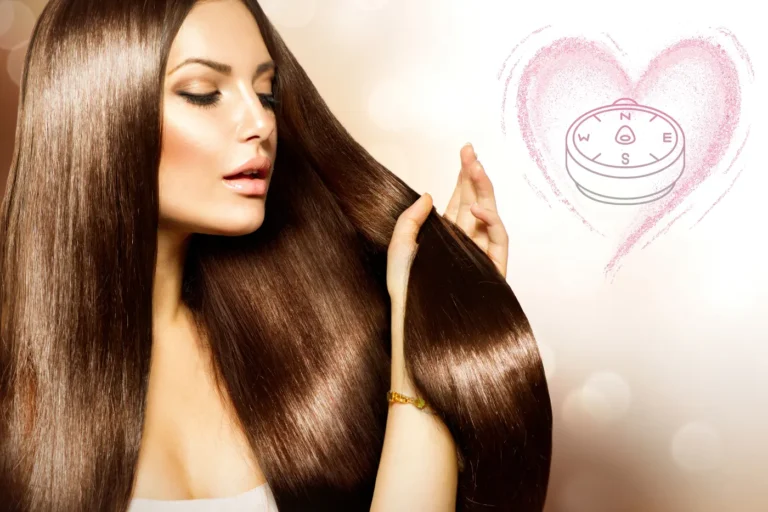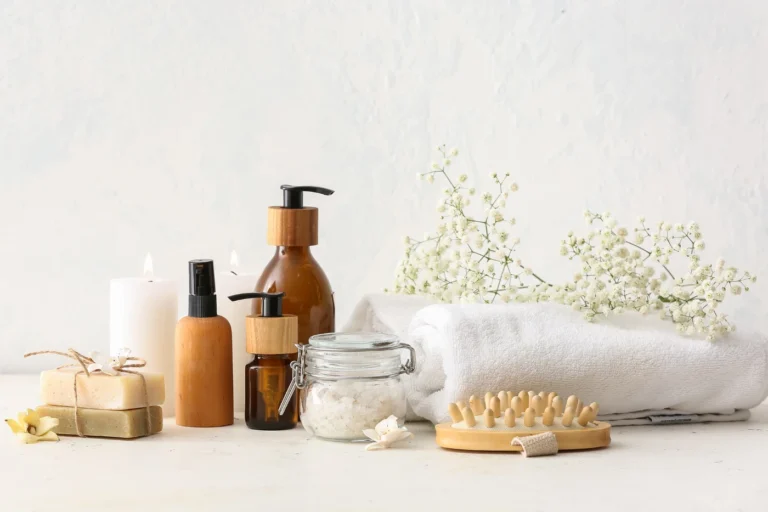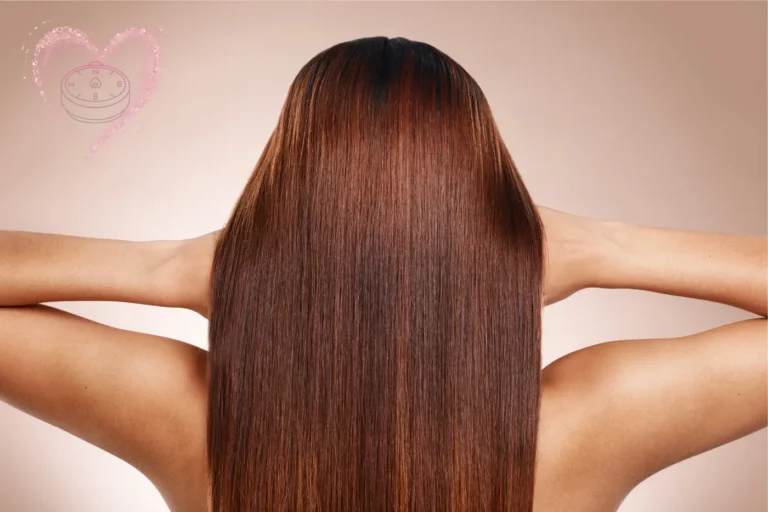Our hair regularly endures styling heat, environmental pollution, chemical treatments, and product buildup. While professional salon hair spas can restore hair health, they often come with a hefty price tag and require scheduling appointments. The good news? You can achieve similar rejuvenating results at home with natural ingredients and simple techniques that fit your schedule and budget.
Benefits of Regular Hair Spa Treatments
Before diving into the steps, let’s understand why a hair spa is worth your time:
- Deep nourishment for damaged hair strands
- Improved blood circulation to the scalp, promoting hair growth
- Reduced dandruff and scalp issues
- Prevents hair breakage and split ends
- Balances oil production in the scalp
- Reduces stress through the massage component
- Adds shine and softness to dull hair
What You’ll Need
- A mild sulfate-free shampoo
- Deep conditioning hair mask (store-bought or homemade)
- Hair oil of your choice (coconut, olive, argan, or almond)
- A wide-toothed comb
- Shower cap or hot towel
- Spray bottle with water
- Optional: Essential oils like lavender or rosemary
DIY Hair Spa: Step-by-Step Process
Step 1: Oil Massage (15-20 minutes)
- Start with dry, detangled hair.
- Warm your chosen oil slightly (ensure it’s just warm, not hot).
- Section your hair and apply oil from roots to tips.
- Massage your scalp using your fingertips (not nails) in circular motions.
- Pay special attention to areas that feel tense or tight.
- Work the oil down to your hair ends, which typically need the most moisture.
Pro tip: Add a few drops of essential oil to your base oil for added benefits and a pleasant aroma. Rosemary stimulates growth, while lavender soothes the scalp.
Step 2: Steam Treatment (10-15 minutes)
- Wrap your oiled hair in a hot towel. To prepare the towel:
- Soak a towel in hot water
- Wring out excess water
- Let it cool slightly so it doesn’t burn your skin
- Alternatively, cover your hair with a shower cap – this creates a similar steaming effect.
- The heat opens hair cuticles, allowing deeper penetration of the oil.
Pro tip: For an enhanced experience, you can use a facial steamer directed at your wrapped hair, or sit in a steamy bathroom.
Step 3: Cleansing (5 minutes)
- Remove the towel or shower cap.
- Apply a mild sulfate-free shampoo, focusing on your scalp.
- Gently massage to create a lather, then rinse thoroughly.
- If your hair is very oily, you may need to shampoo twice.
Pro tip: Use lukewarm water, not hot, as excessive heat can strip natural oils and cause frizz.
Step 4: Deep Conditioning (15-20 minutes)
- After shampooing, gently squeeze out excess water from your hair.
- Apply a generous amount of hair mask or deep conditioner.
- Focus on mid-lengths to ends, avoiding the scalp if you have oily hair.
- Comb through with a wide-toothed comb to ensure even distribution.
- Cover with a shower cap again to trap heat.
- Let it sit for 15-20 minutes.
Homemade Hair Mask Options:
- For dry hair: 1 ripe banana + 2 tbsp honey + 2 tbsp yogurt
- For damaged hair: 1 egg + 2 tbsp olive oil + 1 tbsp honey
- For oily hair: 2 tbsp aloe vera gel + 1 tbsp lemon juice + 1 tbsp green tea
- For hair growth: 2 tbsp coconut milk + 1 tbsp fenugreek powder + 1 tbsp aloe vera
Step 5: Final Rinse & Styling (5 minutes)
- Rinse out the conditioner thoroughly with cool water.
- Cool water helps seal the cuticles and adds shine.
- Gently squeeze out excess water with a microfiber towel or an old cotton t-shirt.
- Air-dry your hair if possible, or use the lowest heat setting on your dryer.
Tips for Maximum Benefits
💡 For Best Results
- Consistency is key: Aim for a hair spa treatment once every 2-3 weeks.
- Timing matters: Choose a day when you’re not rushed, preferably a weekend.
- Diet and hydration: Remember that beautiful hair also comes from within. Drink plenty of water and maintain a balanced diet rich in biotin, protein, and omega-3s.
- Avoid heat styling: Give your hair a break from heat tools for at least 24 hours after your spa treatment.
- Nighttime care: Sleep on a silk or satin pillowcase to prevent friction and preserve your freshly treated hair.
Customizing Your Hair Spa for Specific Hair Types
For Curly Hair
- Add more moisturizing ingredients like shea butter or avocado to your hair mask.
- Consider the “squish to condish” method during conditioning.
For Fine or Thin Hair
- Use lighter oils like grapeseed or jojoba.
- Focus oil massage on the scalp for circulation, with minimal oil on lengths.
For Dandruff-Prone Scalp
- Add tea tree oil to your base oil.
- Try a pre-treatment with diluted apple cider vinegar (1 part ACV, 2 parts water).
For Color-Treated Hair
- Use masks with color-protecting ingredients.
- Add a tablespoon of apple cider vinegar to your final rinse to restore pH balance.
When to See a Professional
While home treatments can work wonders, consider seeing a professional if you experience:
- Excessive hair loss that doesn’t improve
- Persistent scalp conditions like severe dandruff or irritation
- Extreme damage from chemical treatments
final thoughts
A regular DIY hair spa routine can transform your hair health without breaking the bank. By investing just an hour every few weeks, you can enjoy salon-like results with the convenience and privacy of your own home. Remember that consistency is key – one treatment will make your hair feel great temporarily, but regular care is what leads to lasting improvement in hair health and appearance.
Have you tried a DIY hair spa at home? Share your experience and results in the comments below!
Happy spa-ing!

